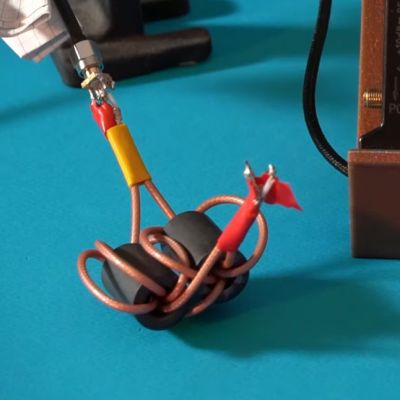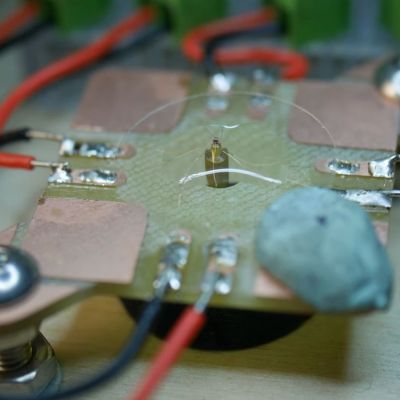As the most important muscle in our body, any serious issues with our heart are considered critical and reason for replacement with a donor heart. Unfortunately donor hearts are rather rare, making alternatives absolutely necessary, or at the very least a way to coax the old heart along for longer. A new method here seems to be literally patching up a patient’s heart with healthy heart tissue, per the first human study results by [Ahmad-Fawad Jebran] et al. as published in Nature (as well as a partially paywalled accompanying article).
Currently, simple artificial hearts are a popular bridging method, which provide a patient with effectively a supporting pump. This new method is more refined, in that it uses induced pluripotent stem cells (iPS) from an existing hiPSC cell line (TC1133) which are then coaxed into forming cardiomyocytes and stromal cells, effectively engineered heart muscle (EHM). After first testing this procedure on rhesus macaque monkeys, a human trial was started involving a 46-year old woman with heart failure after a heart attack a few years prior.
During an operation in 2021, 10 patches of EHMs containing about 400 million cells each were grafted onto the failing heart. When this patient received a donor heart three months later, the removed old heart was examined and the newly grafted sections found to be healthy, including the development of blood vessels.
Although currently purely intended to be a way to keep people alive until they can get a donor heart, this research opens the tantalizing possibility of repairing a patient’s heart using their own cells, which would be significantly easier than growing (or bioprinting) an entire heart from scratch, while providing the benefit of such tissue patches grown from one’s own iPS cells not evoking an immune response and thus mitigating the need for life-long immune system suppressant drugs.
Featured image: Explanted heart obtained 3 months after EHM implantation, showing the healthy grafts. (Credit: Jebran et al., 2025, Nature)




















